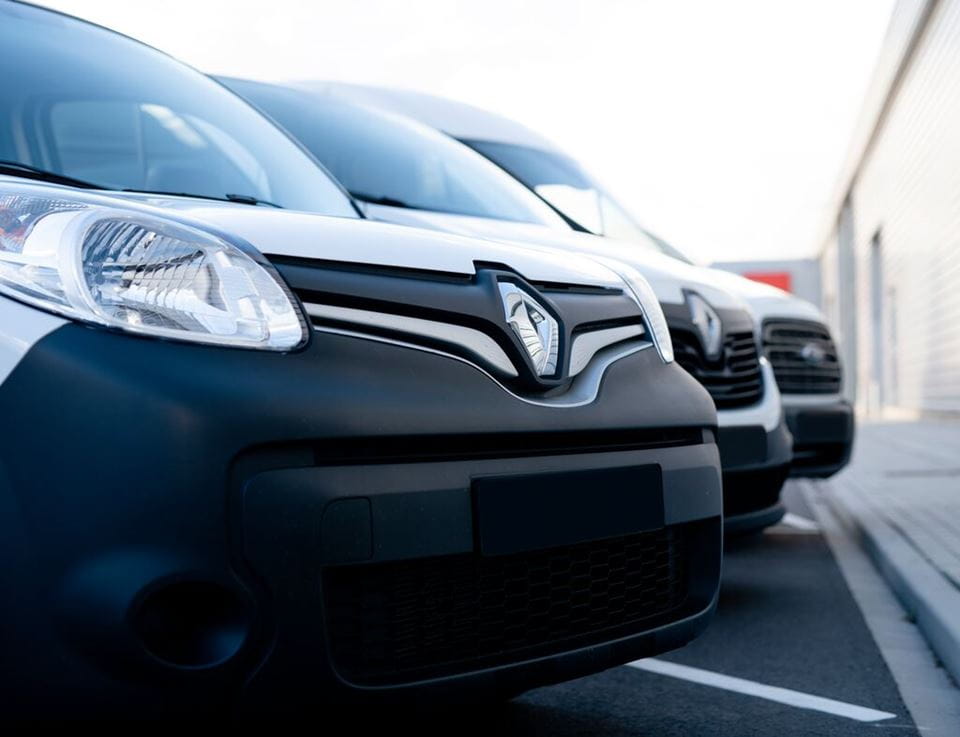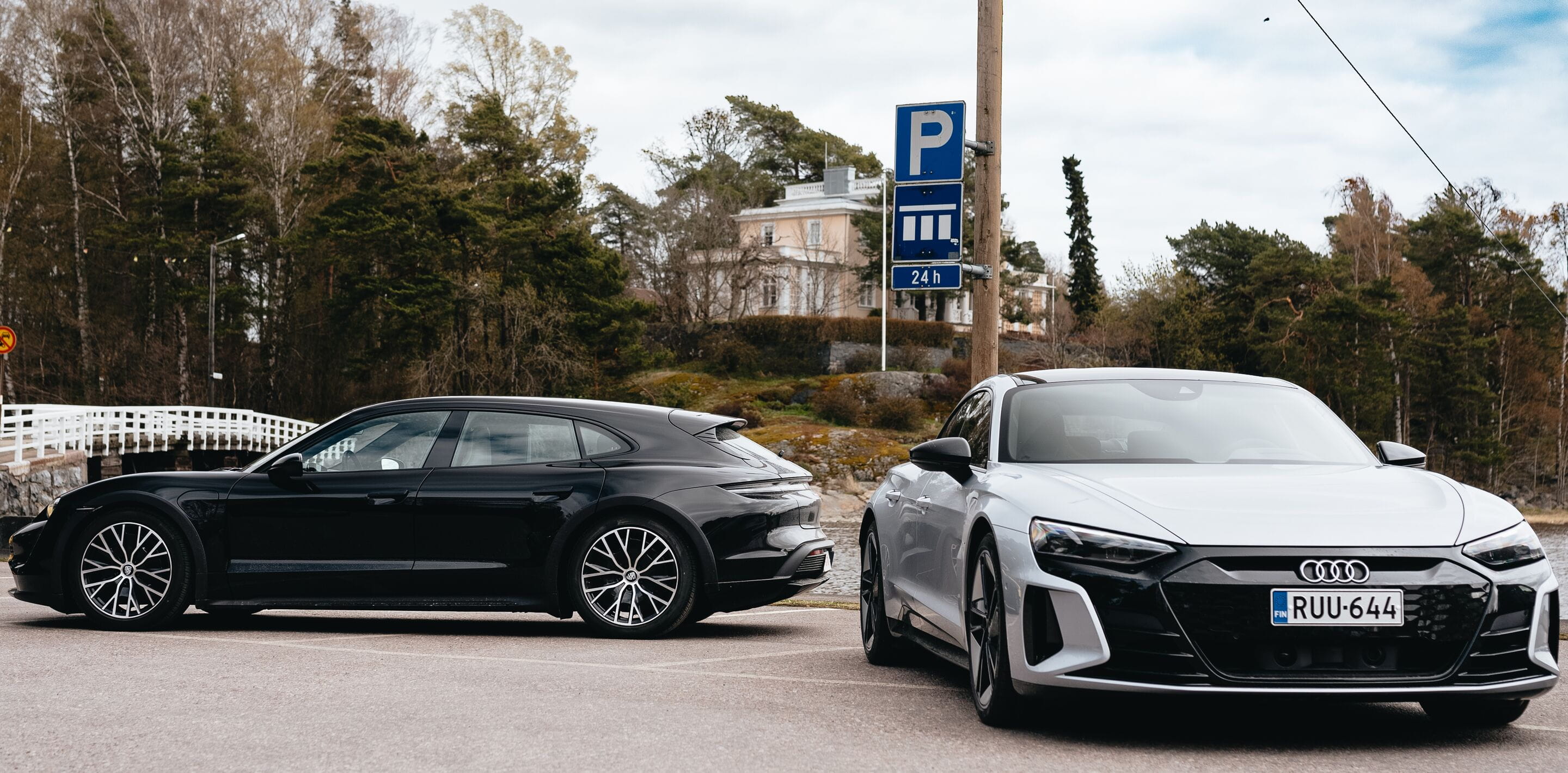
Commercial vehicles for all types of work
Commercial vehicles are divided into light and heavy. However, when we delve into the universe of these work vehicles, we’re surprised by the myriad types of commercial vehicles to be found.

What is a Light Commercial Vehicle?
Cars are classified as light vehicles (vehicles with a gross weight equal to or less than 3500 kg and with a capacity of no more than nine seats, including the driver's) and heavy vehicles (vehicles with a gross weight in excess of 3500 kg or with a capacity of more than nine seats, including that of the driver).
Light or heavy cars are defined below, according to their use, as passenger cars (vehicles intended for the transport of people) and as goods vehicles (vehicles intended for the transport of cargo).
These basic characteristics define the approval criteria required for the commercialisation of the vehicle. Approval means that you receive certification that you comply with the administrative provisions and technical and safety requirements applicable to the respective vehicle category.
Type Approval
Depending on the respective term of validity, vehicle type approvals may be national (when they are valid only for national territory) and European (when they are valid throughout the European Union). For the purposes of type approval, the European vehicle classification applies the letter “M” to vehicles for passenger transport and the letter “N” for motor vehicles designed and constructed for the transport of goods with at least four wheels.
Within this “N” category, that of goods transport vehicles, we can find different types of commercial vehicles:
- N1 - Vehicles designed and built for the carriage of goods with a maximum mass not exceeding 3.5 tonnes;
- N2 - Vehicles designed and constructed for the carriage of goods with a maximum mass exceeding 3.5 tonnes but not exceeding 12 tonnes;
- N3 - Vehicles designed and built for the carriage of goods with a maximum mass exceeding 12 tonnes.
An LCV, the abbreviation of Light Commercial Vehicle (or in Portuguese, Veículo Comercial Ligeiro, VCL) or Van, is simply an N1 category vehicle, designed exclusively or mainly for the transport of goods.
Taking a broader approach, this category includes all vehicles for transporting goods or passengers on a commercial basis. The LCV concept was created as a kind of compact version of a truck and it is usually optimised to be resistant, have low running costs and powerful engines, although also designed be efficient in terms of fuel consumption, keeping in mind above all usage in city operations or between large cities.
Various bodyworks
The segmentation of LCV models is very heterogeneous in terms of models. However, they can be divided into 4 segments or types of vehicles:
Smaller commercial vehicles are often called “2-seaters”. They are light commercial vehicles deriving from passenger vehicles. They have a bulkhead (with a tilting net or plate) separating the cargo area from the passenger area and are goods vehicles designed for the city.
The bodywork is normally formed by a single body. Built from scratch for the transport of goods, they are characterised by the physical separation between the passenger compartment and the cargo compartment.
Given the ample interior space available, the makes offer passenger versions, in which case they can have from 5 to 9 seats, including the driver and depending on their size. For the same reason, they are vehicles naturally capable of being transformed into vehicles for specific purposes, such as vehicles for school transport, vehicles for transporting people with reduced mobility or technical assistance vehicles, just to mention a few examples.
Given the different dimensions that vans can have, this segment is subdivided into three sub-segments.
They are vehicles produced without a cargo box, to allow them to be adapted precisely to the needs of the customer's business, being subject to a multitude of adaptations and transformations. These vehicles are called chassis cabs. They can have 2 or 3 seats in the case of a vehicle with a single cab or 6 or 7 seats in the case of a double cab. In the case of the platform chassis, it has a lower ground clearance, allowing easier access to whatever conversion solution is chosen.
Light trucks
Light trucks have a cab set forward, positioned over the vehicle's engine. They are more robust vehicles and they can have very short wheelbases, resulting in a very compact vehicle with high load capacity.






